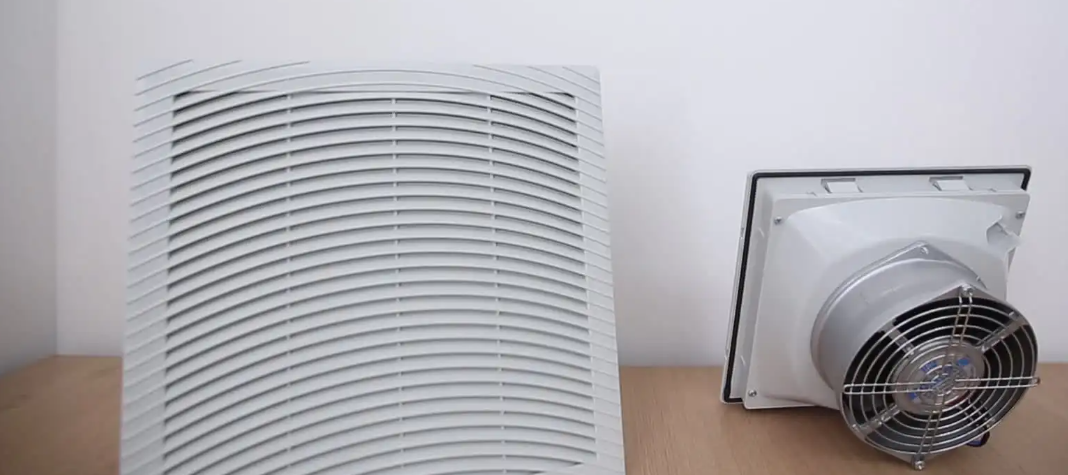What is An Air Louver?
What is an air louver? In the realm of ventilation and airflow management, this question often arises. An air louver, sometimes simply referred to as a louver, is a fundamental component of HVAC (Heating, Ventilation, and Air Conditioning) systems and building design. It plays a pivotal role in regulating the flow of air into or out of a space while ensuring certain essential functions. Let's delve into the world of air louvers and explore their significance.

1. Defining the Air Louver
An air louver is a device with a series of slats or blades designed to permit the passage of air while blocking out unwanted elements such as rain, debris, and even noise. It can be found in various forms, from simple fixed installations to motorized louvers that offer precise control over airflow. Air louvers are commonly used in commercial and residential buildings, industrial facilities, and even automobiles.
2. Types of Air Louvers
Air louvers come in different types, each catering to specific needs:
Stationary Louvers: These are the most basic form of louvers, fixed in position to allow consistent airflow while providing protection against external elements. They are often seen in building facades and industrial settings.
Adjustable Louvers: These louvers offer the advantage of adjustability, allowing users to control the angle of the slats to fine-tune the airflow. This flexibility is particularly useful in HVAC systems.
Drainable Louvers: Designed to handle rainwater, drainable louvers redirect moisture away from the opening, ensuring that the airflow remains unobstructed.
3. The Role of Air Louvers
Air louvers serve multiple critical functions:
Ventilation: They facilitate the intake of fresh outdoor air into a building, ensuring that indoor air quality is maintained at optimal levels. This is crucial for occupant comfort and health.
Rain Protection: One of the primary functions of air louvers is to prevent rainwater from infiltrating a building. Their design directs rainwater away from the opening, preventing water damage.
Airflow Control: In HVAC systems, air louvers help regulate the volume and direction of airflow, allowing for efficient temperature control and energy conservation.
Security: Louvers can also act as a security measure by obstructing the view into a building while still permitting airflow.
4. Installation and Maintenance
Proper installation and regular maintenance of air louvers are essential to ensure their effectiveness. Dust and debris can accumulate on the slats, reducing airflow and potentially compromising indoor air quality. Regular cleaning and inspection are necessary to keep air louvers in optimal condition.
5. Energy Efficiency
Air louvers play a significant role in energy efficiency. By controlling the amount of outside air that enters a building, they contribute to maintaining a comfortable indoor environment without overloading HVAC systems. This, in turn, leads to energy savings and reduced operational costs.
In conclusion, an air louver is a vital component of ventilation and HVAC systems, playing a crucial role in regulating airflow, maintaining indoor air quality, and protecting buildings from external elements. Whether in commercial buildings, industrial facilities, or automobiles, air louvers are an integral part of ensuring efficient and effective ventilation. Understanding their functions and the various types available is essential for making informed decisions in building design and HVAC system installation. So, the next time you encounter an air louver, you'll have a deeper appreciation for its significance in enhancing the quality of the air we breathe indoors.


